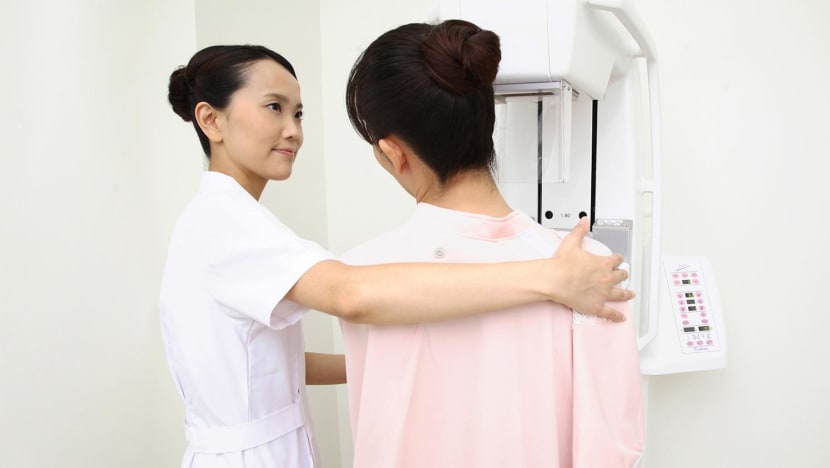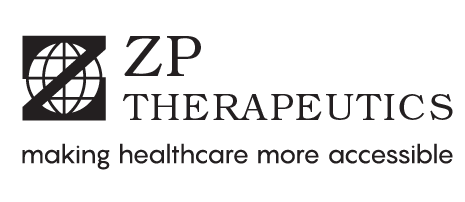Breast cancer: What you should know about the most common cancer diagnosis
Breast cancer is on the rise, but getting screened and getting the right treatment can save lives.

Detecting breast cancer early and getting appropriate treatment are critical for preventing deaths from breast cancer. Photos: Shutterstock
There are many myths attached to breast cancer, the most common cancer in the world. They range from beliefs that wearing a bra or using anti-perspirant causes breast cancer to claims that breast cancer only affects older women, or that men don’t get breast cancer.
The reality is that breast cancer constitutes 12.5 per cent of all cancers diagnosed in 2020 across the world, with around 1.03 million new cases of the disease occurring in Asia alone, according to Dr Roselle de Guzman, head of the oncology and pain management section and associate professor of medicine at Manila Central University-FDT Medical Foundation Hospital.
Dr de Guzman, who is also chair of the Asia Pacific Regional Council of the American of Clinical Oncology, said that the overall surge in cancer globally is posing a serious strain to individuals, communities and health systems.
“Today, one in five people worldwide will develop cancer during their lifetime,” she said. “More than one out of every six deaths is due to cancer. Projections suggest that the number of people being diagnosed with cancer will increase in coming years and will be nearly 50 per cent higher in 2040 than in 2020.”
Reasons for the rise in cancer incidence include our unhealthy modern lifestyles and our increasing lifespans, as the risk of cancer rises with one’s age. Exacerbating the problem, said Dr de Guzman, is the lack of access to treatment, especially during the COVID-19 period in low- and middle-income countries.
“Detecting breast cancer early and getting appropriate treatment are two of the most important strategies for preventing deaths from breast cancer,” she said. “Breast cancer that’s found early, when it’s small and has not spread, is easier to treat.”
THE DIFFERENT TYPES OF BREAST CANCER

The most effective form of breast cancer screening is the mammogram. Dr de Guzman said that women who have an average risk of breast cancer may follow the American Cancer Society screening guidelines or the screening recommendations set by their local cancer society on when to begin regular screenings.
Average risk refers to those who do not have a personal or strong family history of breast cancer or genetic mutations – such as the BRCA gene – known to increase breast cancer risk, and those who have not had chest radiation therapy before the age of 30.
If breast cancer is detected, it is important to determine which cancer subtype is present. “Knowing the type of breast cancer will help the patient and doctor decide on the best treatment options,” said Dr de Guzman.
Breast cancers generally fall into two categories: Invasive and non-invasive. The latter, also known as precancers, refers to cancer that has not spread beyond the starting point in the breast tissue.
There are two types of non-invasive breast cancers: Ductal carcinoma in situ and lobular carcinoma in situ. The first is considered a precursor to invasive breast cancer, while the second increases a woman’s risk of developing an invasive breast cancer.
Invasive breast cancer, which has spread to the surrounding breast tissue, also has two most common subtypes. The first is invasive ductal carcinoma, which starts in the milk ducts and constitutes 80 per cent of all breast cancers. It is also the most common form of breast cancer in men.
The second subtype is invasive lobular carcinoma, which starts in the lobules – the glands that produce milk. Around 10 per cent of all invasive breast cancers fall into this subtype.
There are also specific features of invasive breast cancers that affect their development and treatment, highlighted Dr de Guzman. They include the rare inflammatory breast cancer, triple-negative breast cancer, metastatic or Stage IV breast cancer that has spread to other parts of the body, and recurrent breast cancer, which is cancer that returns in the same breast, nearby lymph nodes or other body parts months or even years after treatment.
“There are also five main molecular subtypes of invasive breast cancer based on the genes in the cancer tumour,” added Dr de Guzman. “The molecular subtype of a breast cancer can affect how the cancer is treated.”
TREATING RECURRENT BREAST CANCER
Around 68 per cent of all breast cancers belong to the hormone receptor positive (HR+) human epidermal growth factor receptor 2 negative (HER2-) subtype. HR+ indicates that the tumour cells possess receptors for estrogen or progesterone, which can promote tumour growth, while HER2 refers to a type of protein made by tumour cells, which is associated with aggressive cancer.
Among patients with this most common subtype of breast cancer, around 17 per cent will experience recurrence, especially during the initial two to three years post-diagnosis, according to Dr de Guzman.
“When cancer recurs, it can be more aggressive, or patients can be resistant to past therapies, leaving them with fewer treatment options,” she said.
Thankfully, recurrent breast cancer can still be treated. Local recurrence – which means that the cancer returns in the same breast or surgery scar – can be treated with a mastectomy (removal of the breast) or tumour removal, followed by radiation therapy if it was not given before.
Regional recurrence – when the cancer comes back in the surrounding lymph nodes – may be treated in the same way, with removal of the lymph nodes followed by radiation.
“In either case, hormone therapy, targeted therapy, immunotherapy, chemotherapy or some combination of these may be used after surgery or radiation therapy,” said Dr de Guzman. “These drugs may also be used if surgery or radiation are not options.”
Patients with distant recurrence, in which the cancer is found in the bones, lungs or brain following initial diagnosis and treatment, are treated in the same way as patients who have Stage IV breast cancer.

Dr de Guzman emphasised that while a diagnosis of breast cancer can be frightening, it is important to remember that there is hope.
“Thanks to advances in treatment, the survival rates for breast cancer have been steadily increasing,” she said. “Today, more than 80 per cent of women diagnosed with early-stage breast cancer will survive for at least five years.”
Besides taking steps to keep fit and healthy and going for regular screenings, Dr de Guzman recommends that women who have been told to take hormone replacement therapy or oral contraceptives check with their doctors regarding the risks.
“Also, if one has a family history of breast cancer or inherited changes in one’s BRCA1 and BRCA2 genes, they should talk to their doctor about ways to lower the risk,” she said. “With early detection and proper treatment, the chances of surviving breast cancer are better than ever before.”
Early diagnosis of breast cancer can offer the best chances of survival. Consult your doctor about regular screenings for breast cancer.















